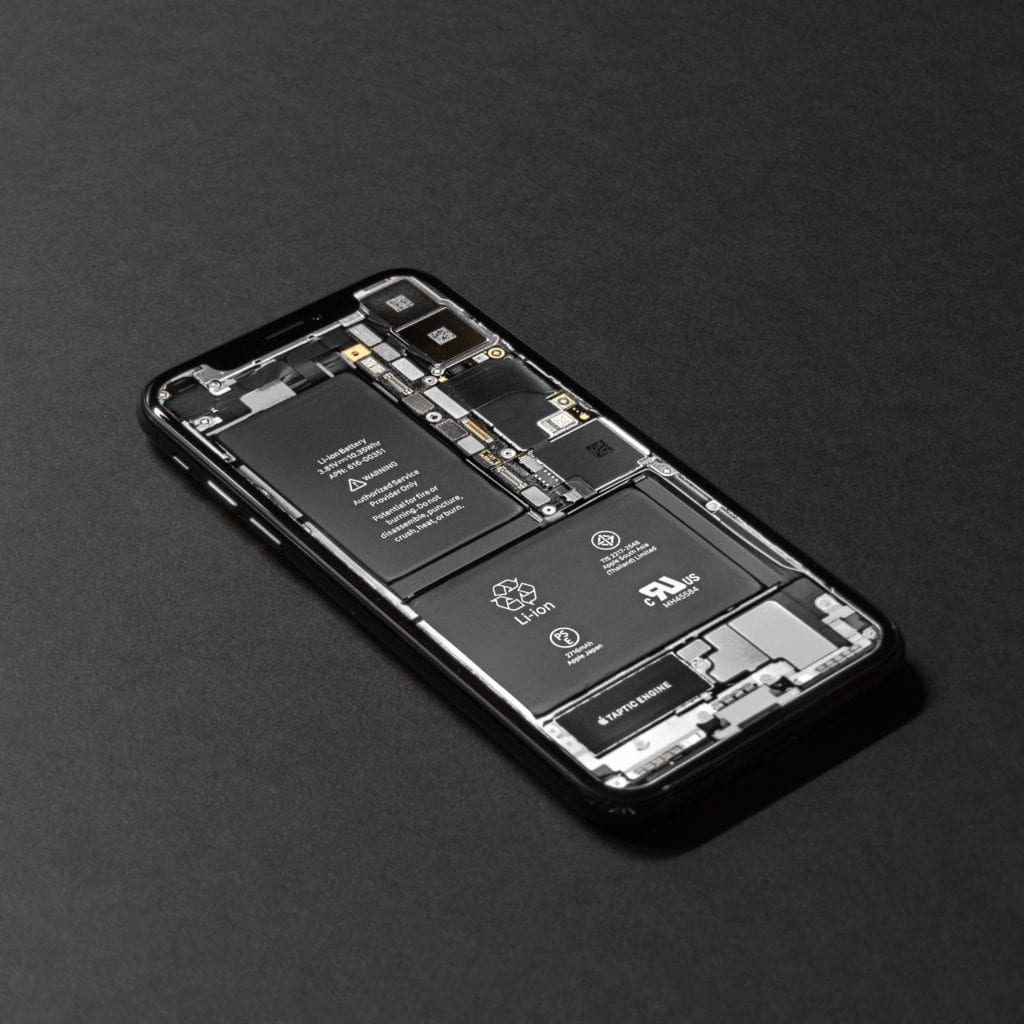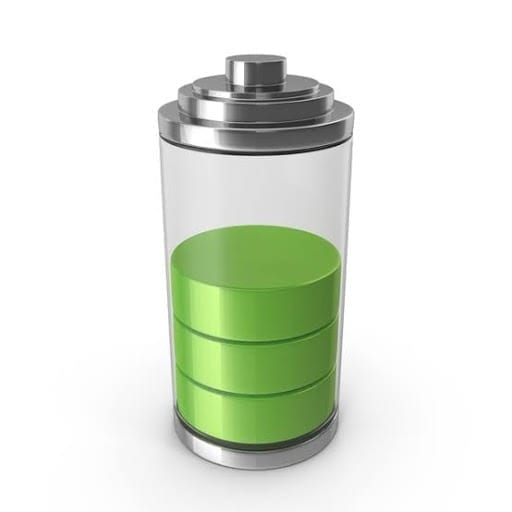For years now, the lithium-ion battery was the go-to power source for mobile phones and other consumer electronics such as laptops and tablets. These batteries also power up the cars and even homes. Now, the next wave in cell phone battery technology may be on the horizon thanks to a team of researchers, one of whom is an original developer of the lithium-ion battery.
Thanks to a change in materials allowing for a longer cell phone battery life, increased energy storage, reduced size, increased capacity and durability and fast charging times, this solid-state battery has the potential to replace lithium-ion batteries as the preferred battery option.

Lithium-ion batteries use liquid electrolytes to transport the lithium ions between the negative side of the battery and the positive side of the battery. If they’re charged too quickly, it can short circuit, leading to dangerous explosions and fires. We often see the news of phone batteries and laptop batteries getting exploded.
The new solid-state battery uses solid glass electrolytes rather than the liquid lithium solution currently used, making them safer and essentially explosion-proof.
During testing, researchers have run these new batteries through over 1200 charge cycles and have recorded them working at temperatures below -4 Fahrenheit. These two components combined with the increased battery life could be the key to overcoming current technological barriers, such as developing electric vehicles with longer driving ranges.
If the increased safety and performance weren’t enough, this new battery may also be cheaper to manufacture due to the simplicity of its materials. Its materials are also more environmentally friendly than the chemical concoction contained within lithium-ion batteries.
This big leap in cell phone battery development is exciting news for the electronics industry as a whole. Consumers may see drastically extended battery life without an increase in price or cell phone battery size. Hopefully, manufacturers will jump on this new technology and begin phasing solid-state batteries in as the new standard.
Batteries reduce our dependency on natural fossil fuels and have majorly penetrated our energy market. What started with powering our watches with mini power cells, has now reached our laptops, tablets, and now we see cars running on the same power. And, so far, it is the Lithium-Ion battery that has dominated the market.
Our wind energy and solar energy farms can produce energy, but we need something to store the generated energy as well. The need for efficient energy storage is also there because the sun isn’t always up and shining and the wind is not always blowing. And, to cope with those losses, we had to depend on other fuel and energy providers such as coal and natural gas, which are of limited supply.
UBS has estimated that the energy storage market is going to reach $426 billion in the United States in the next ten years. And, as the energy storage ecosystem goes through this huge shift, it will affect every business sector as every piece of gadget or vehicle that runs on a battery will have a better alternate. It will be a global phenomenon.
The invention of lithium-ion batteries was remarkable until the risks came into the light. There was news of batteries catching fires, getting short circuit and them being not safe enough in the long run.

In that moment of necessity, the researchers looked for a better alternative and one of the inventions in that course is solid-state batteries. Unlike lithium-ion batteries, the solid-state ones use a solid electrolyte. An electrolyte is a conductive mixture of chemicals that permits the current flow between the anode and cathode.
By changing the solid electrolyte types in the traditional batteries, the researchers have been able to increase the storage capacity of the batteries, reduce the charging time, the size of the battery and increase the safety of the battery usage.
Different Types of Solid-State Batteries
Depending on the type of solid electrolytes, there are eight types of solid-state batteries. The eight electrolytes are Perovskite, NASICON-like, Argyrodite, LISICON-like, Li-Halide, Li-Hydride, Garnet, LiPON.
As you are reading this blog, the researchers are finding out the best type of solid-state battery product-wise as they have a future in phones, electric cars, and other products where currently Lithium-ion batteries are being used. Garnet and LiPON batteries have been the most promising ones yet.
The LiPON electrolyte has good thickness, weight, and flexibility, keeping it in the lead in wearable electronics. Coming to the durability, then LiPON batteries showed only 5% of reduction in capacity after 40,000 charge cycles. Lithium-ion batteries show the fall in the capacity just after 300-1000 charge cycles.

So, you see there’s a huge difference in durability. LiPON batteries can last 40 to 130 times longer than the Li-ion batteries.
The only downside of LiPON batteries is that the total energy storage capacity and conductivity are slightly lower in comparison. But, the alternate Solid State Batteries can be combined to eliminate this issue.
Research is still being going on to make the solid-state batteries suitable in large cells for bigger and bulkier operations that will run the smartphones, tablets, laptops and electric cars.
To tackle the issue of high conductivity and size, researchers are trying to combine the alternate Solid-State Batteries. For example, Garnet-oxide (LLZO) electrolytes help in high ionic conductivity even at room temperature. Conduction results achieved by this material are better than their counterparts.
This means that the solid-state batteries that are of almost equal capacity and power as of Li-Ion can have a longer lifespan and reduced size even for phones, tablets, laptops, and electric cars. This will set a huge benchmark for this technology.
The research is constantly going on. Our eyes are on the day when we will see ready-to-use solid-state batteries that are available in the market for the consumers as the Lithium-ion batteries are today.
Once it is done, there will be many new players in the business niche and the prices of the products and the solid-state batteries will go down which is good for the end consumer.
As Solid State Batteries have reduced size, the automobile manufacturers can play around the design and utilize the spared space and weight for the electric vehicle.
Dyson, a brand that is known for its fans and vacuums, is planning to build electric vehicles by 2020 that will run on solid-state batteries. And, this is not the first company releasing such news. Bentley also jumped in for the electrification of the vehicles with solid-state batteries following the other players in the automobile manufacturing such as BMW, Ford, and Hyundai. However, Bentley is visioning to launch such a vehicle in 2025.
So, we can say that 2020 will be the defining year for solid-state batteries.
InCharged got you covered for the future. Whether it is a solid-state battery or lithium-ion battery, it requires charging. And, with InCharged’s future-proof technology of charging, with just minor tweaks, all our units will be available for charging the solid-state batteries. You can use your devices the way you want as you know that you can charge it from the nearby InCharged phone charging station.
As the size, weight, capacity and overall life of the battery are the major changing standpoints there can definitely change in InCharged’s current designs and model, but this is just a speculation and not an official statement. Looking at the changes the energy storage market is about to witness, the experimentation is inevitable.
The easy installation of the charging station, branding on the station, and the ease of the overall experience will remain the same. No hustle or hassle for you there.
See, how our current line of phone charging stations is providing the advertisers an opportunity for promoting their brands. Our phone charging stations are installed at airports, retail stores, waiting areas of various centers, exhibitions, business expositions, and conferences.

